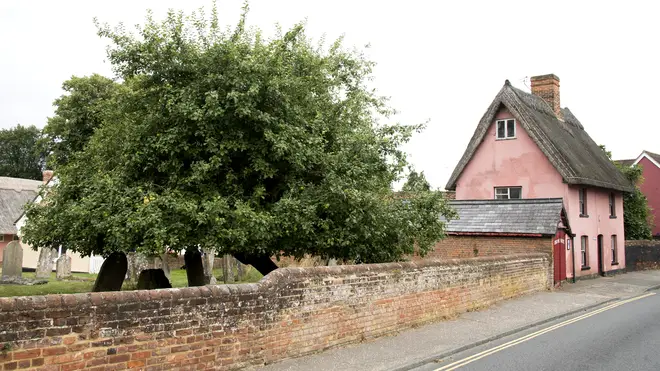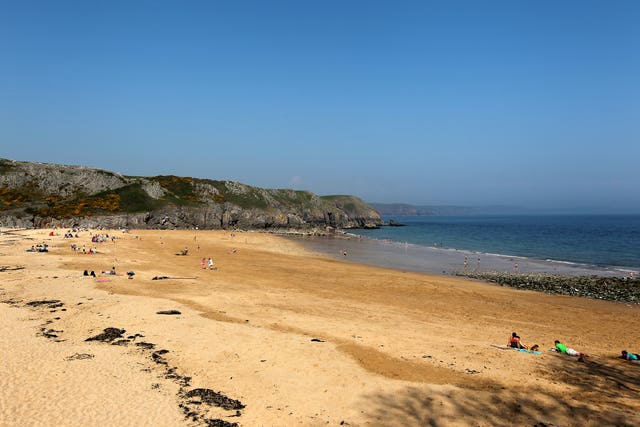
James O'Brien 10am - 1pm
12 May 2022, 10:24

Property values in mainly rural areas have risen by 29% over the past five years, while those in predominantly urban areas have increased by 18%.
House prices have risen faster in rural areas than in urban locations over the past five years, analysis by a building society has found.
Property values in areas which are mainly rural have risen by 29% over the past five years, while those in predominantly urban areas have increased by 18%, Nationwide Building Society said.
The coronavirus pandemic and more flexible working opportunities have prompted some people to relocate to more rural areas in recent years.
In general, rural detached properties have seen the strongest rates of price growth, while urban flats have recorded the weakest price increases, according to Nationwide.
Between December 2016 and December 2021, rural detached properties increased in price by 32% on average, while urban flats typically added 6% on to their value.

Some areas closely associated with tourism, including parts of Devon, South Wales, the Cotswolds and the Broads have seen particularly big price jumps recently, the report said.
This may suggest that demand may be being driven by those buying holiday or second homes.
Andrew Harvey, a senior economist at Nationwide, said: “ONS data suggests that the rate of second home ownership is significantly above average in areas such as South Hams, Pembrokeshire and Ceredigion, areas which are amongst those seeing the fastest rates of growth.”
Here are the top performing local authority areas for house price growth across Britain in 2021, according to Nationwide Building Society, and their urban/rural classifications. The figures show average house prices in December 2021 and the annual price increase:
1. North Devon, South West, rural, £326,848, 24%
=2. South Hams, South West, rural, £420,851, 22%
=2. Rushcliffe, East Midlands, rural, £355,398, 22%
4. Ceredigion, Wales, rural, £244,619, 21%
5. Camden, London, urban, £947,511, 20%
=6. Hastings, South East, urban, £271,432, 19%
=6. Pembrokeshire, Wales, rural, £231,355, 19%
=6. South Norfolk, East of England, rural, £330,003, 19%
=6. Cotswold, South West, rural, £481,402, 19%
=6. Na h-Eileanan Siar, Scotland, rural, £144,755, 19%
=11. Torridge, South West, rural, £293,098, 18%
=11. Vale of Glamorgan, Wales, urban, £287,199, 18%
=11. Mid Devon, South West, rural, £287,337, 18%
=11. Eastleigh, South East, urban, £339,946, 18%
=11. Broadland, East of England, urban with significant rural aspects, £319,182, 18%
=16. Hyndburn, North West, urban, £120,038, 17%
=16. Somerset West and Taunton, South West, rural, £286,910, 17%
=16. Maldon, East of England, rural £399,937, 17%
=16. East Hampshire, South East, rural, £451,320, 17%
=16. Wyre Forest, West Midlands, urban with significant rural aspects, £241,109, 17%